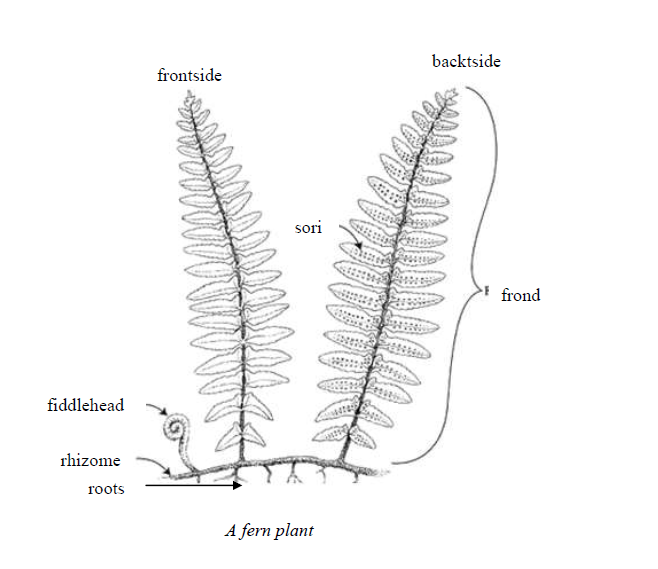JOIN US WHATSAPP
CLICK HERE
JOIN US TELEGRAM
CLICK HERE
TOPIC 1: CLASSIFICATION OF LIVING THINGS
Kingdom Fungi
Member of the kingdom Fungi include fairly familiar organisms such as mushrooms, toadstools and bracket fungi. There are also less obvious but very important members such as mold, which grow on bread, ripe fruits and other food.
The General and Distinctive Features of the Kingdom Fungi
Explain the general and distinctive features of the kingdom Fungi
General features of kingdom fungi
- Fungi are found in damp or wet places
- They have eukaryotic cells with a rigid protective wall made of chiti
- They are heterotrophs, some are saprophytic where others are parasitic
- They store food as glycogen
- They reproduce using spore
- They are non-mobile
Distinctive features of kingdom fungi
- They have chitin in their cell wall
- They have septate
The Phyla of the Kingdom Fungi
State the phyla of the Kingdom Fungi
Phyla of the kingdom fungi
- Ascomycota
- Zygomycota
- Basidiomycota
Ascomycota
Ascomycota are also called sae fungi. They produce spore in sae-like cell called asei. These spores are called ascopores. Examples of Ascomycota are bakers’ yeast, cup fungi and ring worm fungi.
Characteristics of phyla Ascomycota
- Their cell wall is not made by chitin but cetin polysaccharide component of phosphoric acid
- Have granulated cytoplasm
- Store food in form of glycogen
- Reproduce asexually by budding and sexually by means of ascospores.
Distinctive features
- Reproduce sexually by means of ascospores
(i) Reproduce sexually by means of ascospores
The Structure of Mosses
Describe the structure of mosses
Mosses are small, soft plants called bryophytes, that are typically 1–10 cm (0.4–4 in) tall, though some species are much larger. They commonly grow close together in clumps or mats in damp or shady locations. They do not have flowers or seeds, and their simple leaves cover the thin wiry stems. At certain times mosses produce spore capsules which may appear as beak-like capsules borne aloft on thin stalks.
Advantage and Disadvantages of Mosses
Outline advantage and disadvantages of Mosses
On the advantage side, it can help to hold the bonsai soilin place and prevent it from washing out of the container. Moss can increase the water retention capability of the soil by slowing evaporation.
On the disadvantage side, a thick carpet of moss can reduce the diffusion of gases into the soil and to the roots, which can result in root rotor poor drainage conditions. Moss can grow up onto the surface roots and trunk of your bonsai, and soften their bark, promoting its decay.
Division Filicinophyta (Pteridophyta)






4 Comments
hey
thank for the notes
Anzisha group la telegram itakuwa poa sana
Hamna merits na demerits za fungi mbona